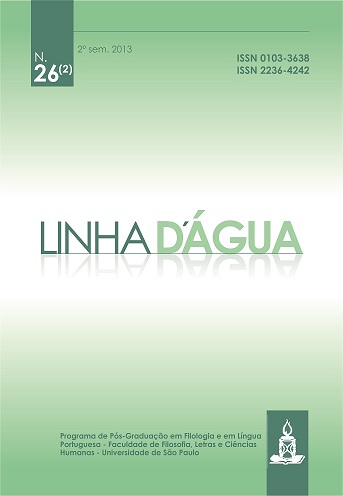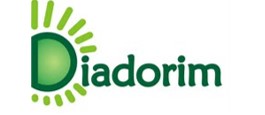For a historical and gradual conception of poetry. The interaction of semantic, enunciative and iconic dimensions in three poems (Sponde, Follain, Bonnefoy)
DOI:
https://doi.org/10.11606/issn.2236-4242.v26i2p109-133Keywords:
poetry, textuality, verse and prose, decontextualization, parallelsAbstract
We argue in this paper that poetic texts, as well as any other texts should be analysed through 3 perspectives: semantic, iconic and enunciative, each one with a positive pole and a negative one. According to the semantic perspective, poetic and scientific texts are both on the positive pole, because they create a new representation of the world. According to the iconic one, that Jakobson called the poetic function, poems are generally near the positive pole but their accurate position depends on formal characteristics which have changed along history. They share this position with texts such as advertisements, songs or nursery rhymes. According to enunciation, a lot of poetical texts belonging to lyrics stand on an average position between the 2 poles, since they do not show their literary origin and give themselves as ordinary utterances, but it is not the case for epics, which stands very near from the positive pole, such as novel and fictional texts. Defining 3 different perspectives and ranking texts from a positive to a negative pole for each of them allow to better appreciate the specificity of poetical texts among other texts but also to take into account the very important evolution of poetry along the centuries. After presenting our model, we make it work on 3 different poems: a baroque sonnet from Jean de Sponde, a free-verse poem from Jean Follain and a prose poem from Yves Bonnefoy.
Downloads
Downloads
Published
Issue
Section
License
The Editorial Board authorizes free access to and distribution of published contentes, provided that the source is cited, that is, granding credit to the authors and Linha D'Água and preserving the full text. The author is allowed to place the final version (postprint / editor’s PDF) in an institutional/thematic repositor or personal page (site, blog), immediately after publication, provided that it is available for open access and comes without any embargo period. Full reference should be made to the first publication in Linha D'Água. Access to the paper should at least be aligned with the access the journal offers.
As a legal entity, the University of São Paulo at Ribeirão Preto School of Philosophy, Sciences and Languages owns and holds the copyright deriving from the publication. To use the papers, Paidéia adopts the Creative Commons Licence, CC BY-NC non-commercial attribution. This licence permits access, download, print, share, reuse and distribution of papers, provided that this is for non-commercial use and that the source is cited, giving due authorship credit to Linha D'Água. In these cases, neither authors nor editors need any permission.
Partial reproduction of other publications
Citations of more than 500 words, reproductions of one or more figures, tables or other illustrions should be accompanied by written permission from the copyright owner of the original work with a view to reproduction in Linha D'Água. This permission has to be addressed to the author of the submitted manuscript. Secondarily obtained rights will not be transferred under any circumstance.










